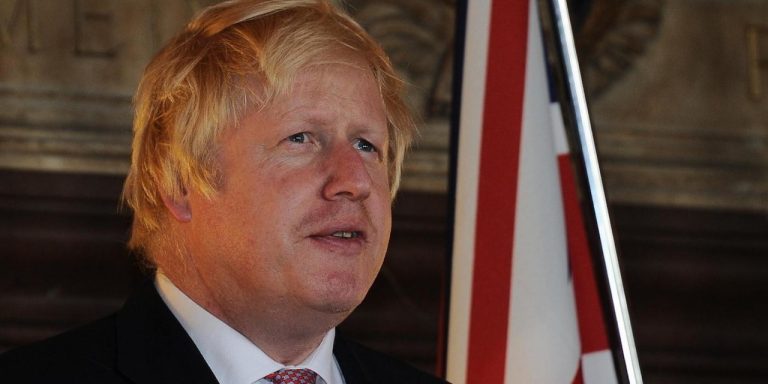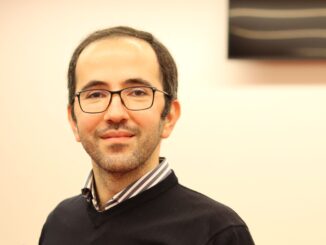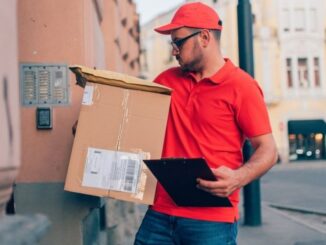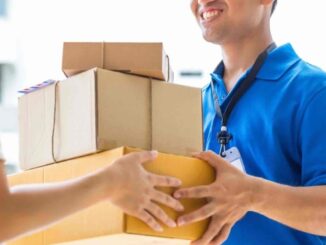Schools and Children: in phase two of the battle against Covid the lockdown measures could be tighter.

Boris Johnson will make more details about lockdown laws: there will be some changes and could be toughened as the UK moves into “phase two” of the Covid crisis.
- READ MORE: Covid: how to make a surgical mask at home
- READ MORE: Covid: how to make a hand sanitizer at home
Covid phase two: lockdown measures
The Prime Minister, in his first statement since returning to work after battling the bug himself, repeated that now isn’t the time to stop social distancing measures. He said Britain was coming to the end of the first stage and would soon look to the second for how to live with the virus.
Schools and colleges have largely been closed under lockdown but it is thought they could be among the first places to reopen once restrictions start being eased.
But chief medical officer Professor Chris Whitty said that while a “great majority of children” either do not contract the virus or have mild symptoms, there is still not enough data on how youngsters contribute to the spread of Covid-19. He said the lower the transmission rate of Covid-19- or R-value – the “greater room for maneuver” there is for what lockdown measures could be lifted.
Prof Whitty said: “If you have schools open, it does contribute to increasing the R. If you close schools, the R goes down, it was part of the collection of things that were done in March to try and pull the R from where it was, near three, to where it is now, below one. If you stopped doing it, you would actually lose some of the benefits that we have currently got”. But “we do not yet have direct data that really help us in assessing the impact“.
There is more accurate information on how children spread diseases such as flu, Prof Whitty said, but “we are still really learning” on how they spread Covid-19. He added that he thought it remains the case that the contribution of children at school is probably less than, for example, flu, we do think it certainly contributes. They are trying to work out what is the proportion of the R it contributes and therefore, if children went back to school, how much closer to one – and that’s in a bad way – would we be and could it even tip us above one.









